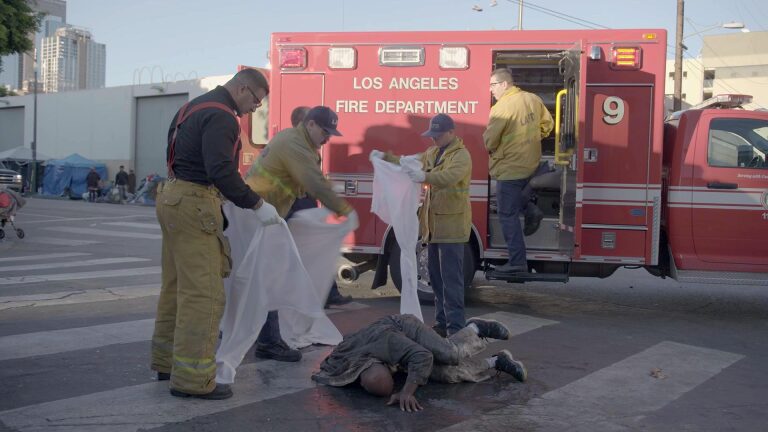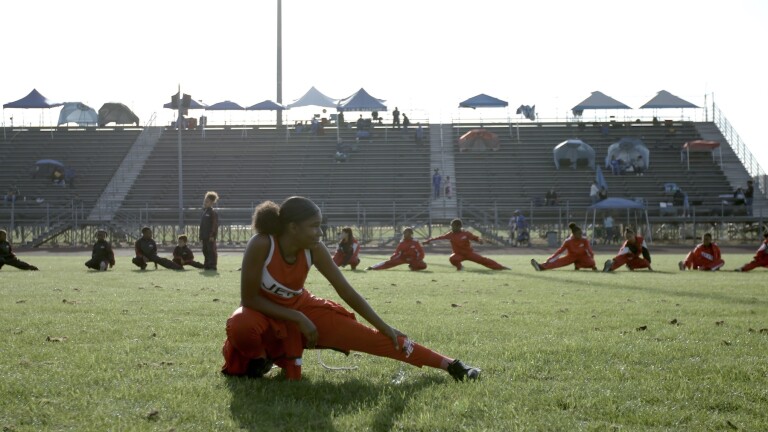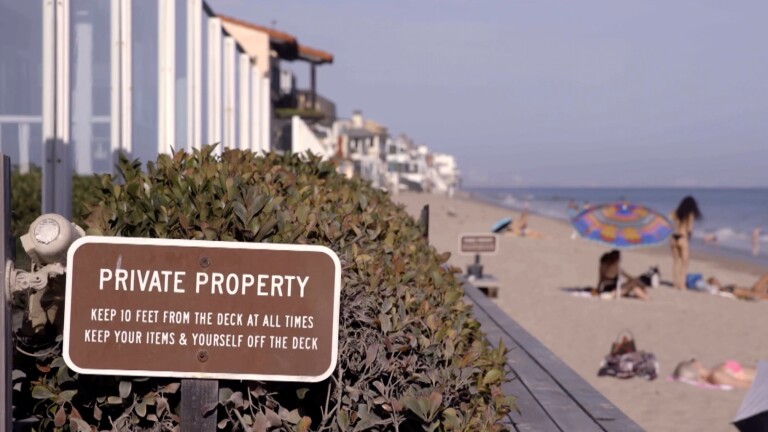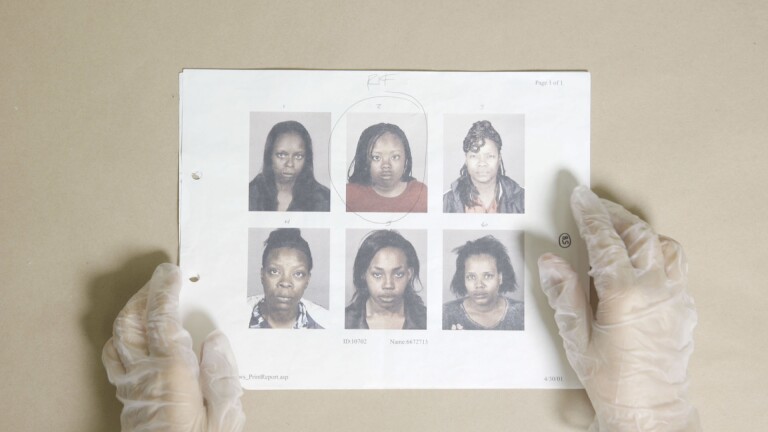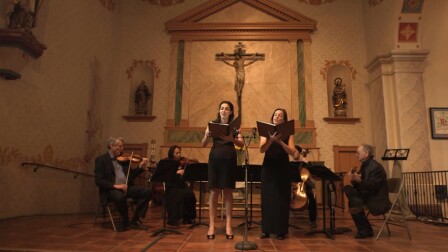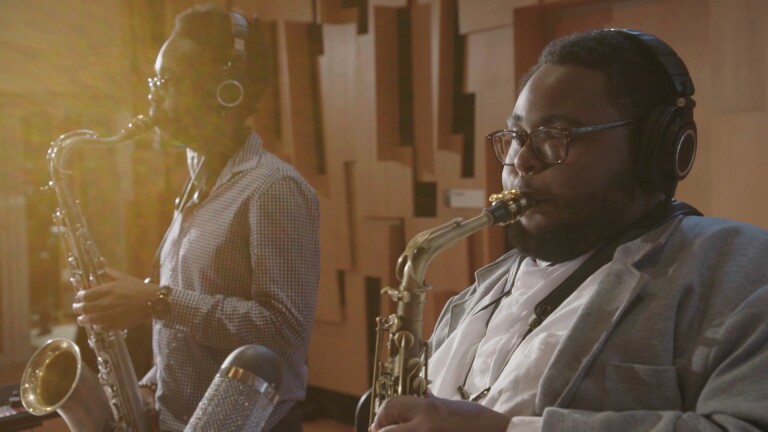
Treated Human Waste as Fertilizer?
When Angelenos flush their toilets, where does all that waste go?
Sewage sludge accumulated by more than four million residents in Los Angeles is extracted and treated at the Hyperion Treatment Plant, the city's largest and oldest wastewater treatment facility. There, human waste is processed and treated over the span of two weeks. In part, it entails screening for foreign objects, separating liquids from solids, and killing off pathogens at a specific temperature.
The goal: create biosolids for a variety of purposes, including fertilizer that's deemed safe under regulations from the U.S. Environmental Protection Agency. And approximately 75 percent of those biosolids -- that's 500 tons a day! -- are loaded on trucks headed to Kern County.
But not everyone is on board. In 2006, voters in Kern County passed a ballot measure intended to ban the process of depositing L.A.'s biosolids at the city of L.A.'s Green Acres Farm. But eight years later, the dumping debate still continues.
In this segment of "SoCal Connected," reporter Derrick Shore delves into the process of where our waste goes and the controversies surrounding it.
Featuring Interviews With:
- Enrique C. Zaldivar, director, L.A. City Bureau of Sanitation
- Diane Gilbert Jones, L.A. City Bureau of Sanitation
- Blake Sanden, UC Co-op Extension farm advisor
- Beau Antongiovanni, farmer
- Larry Antongiovanni, farmer

